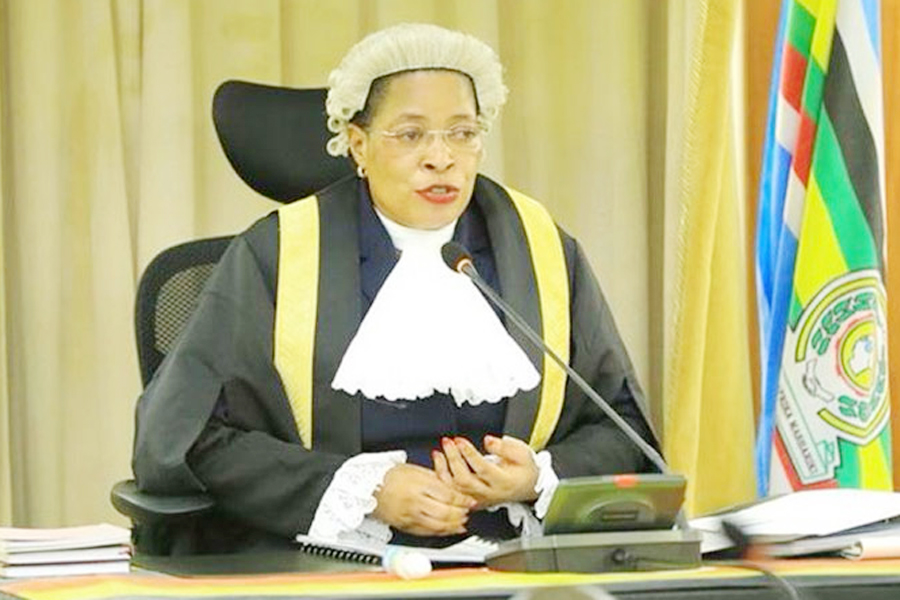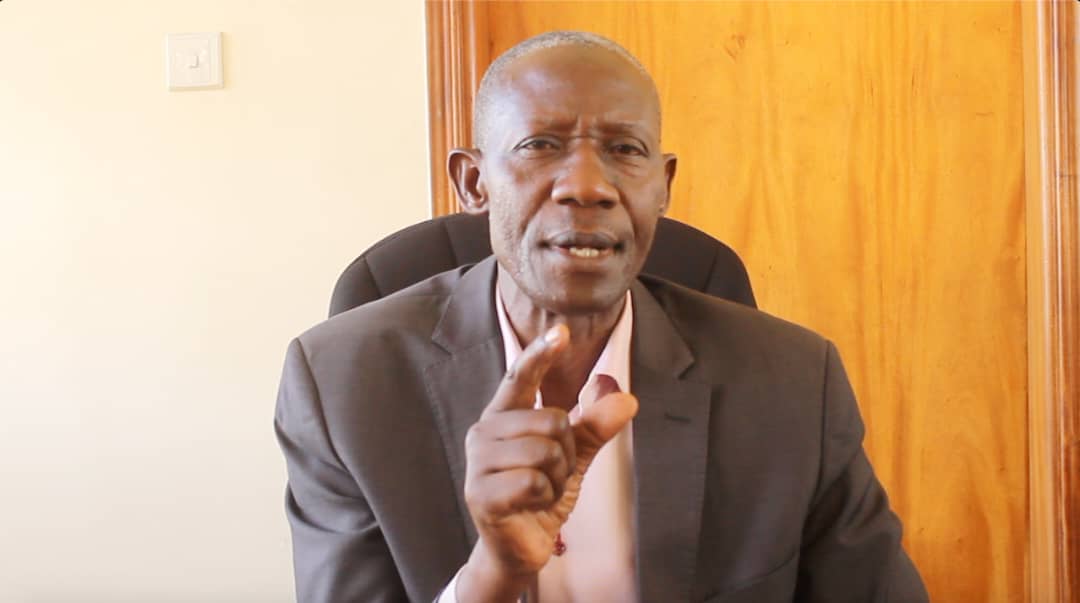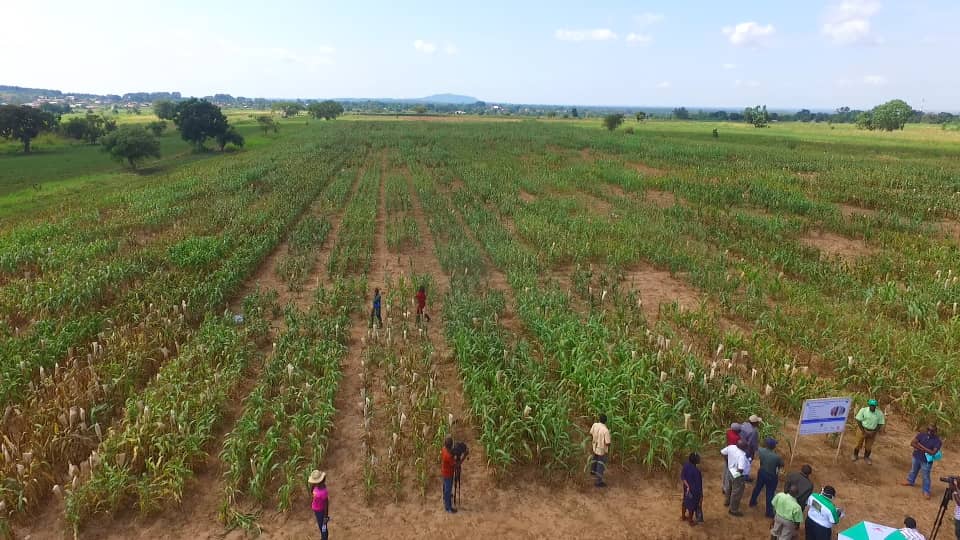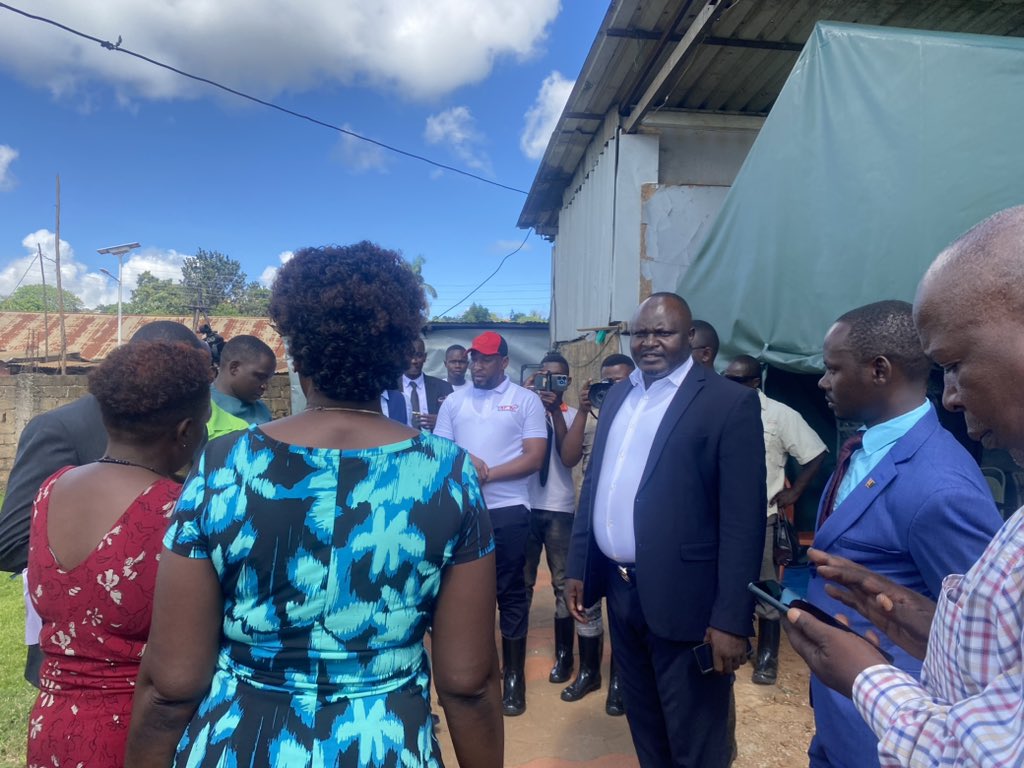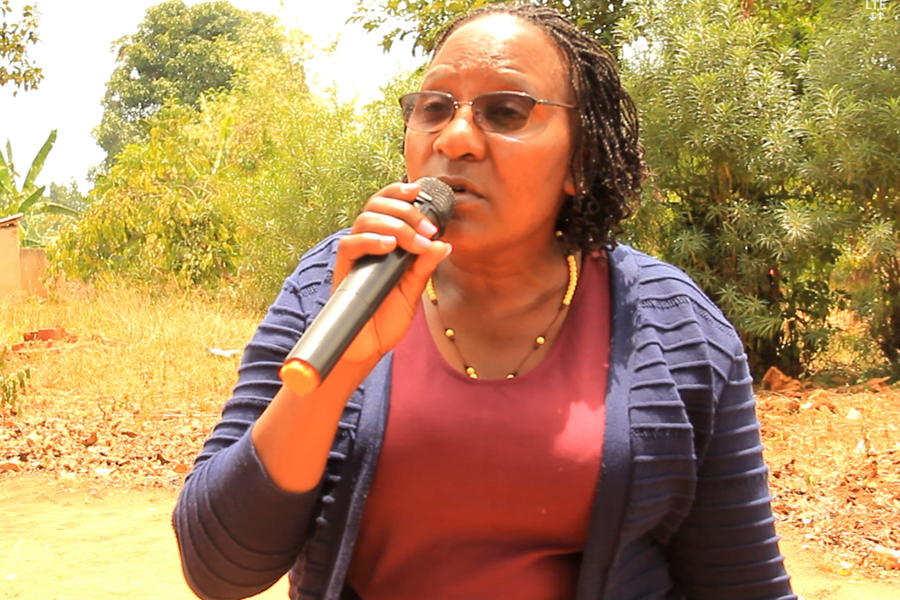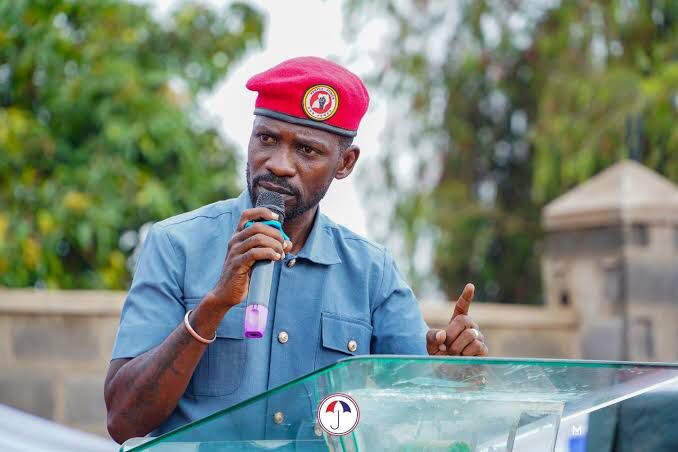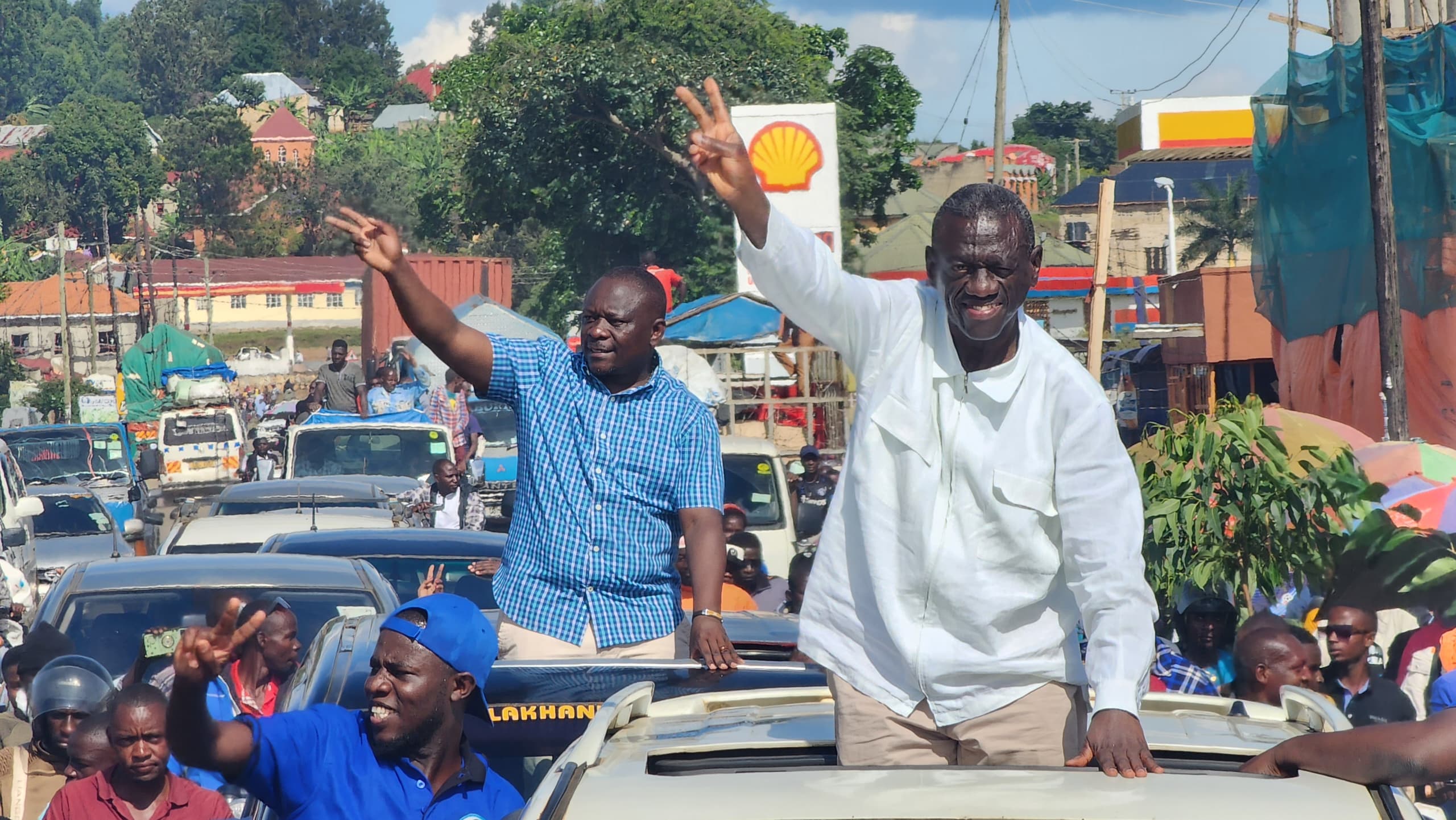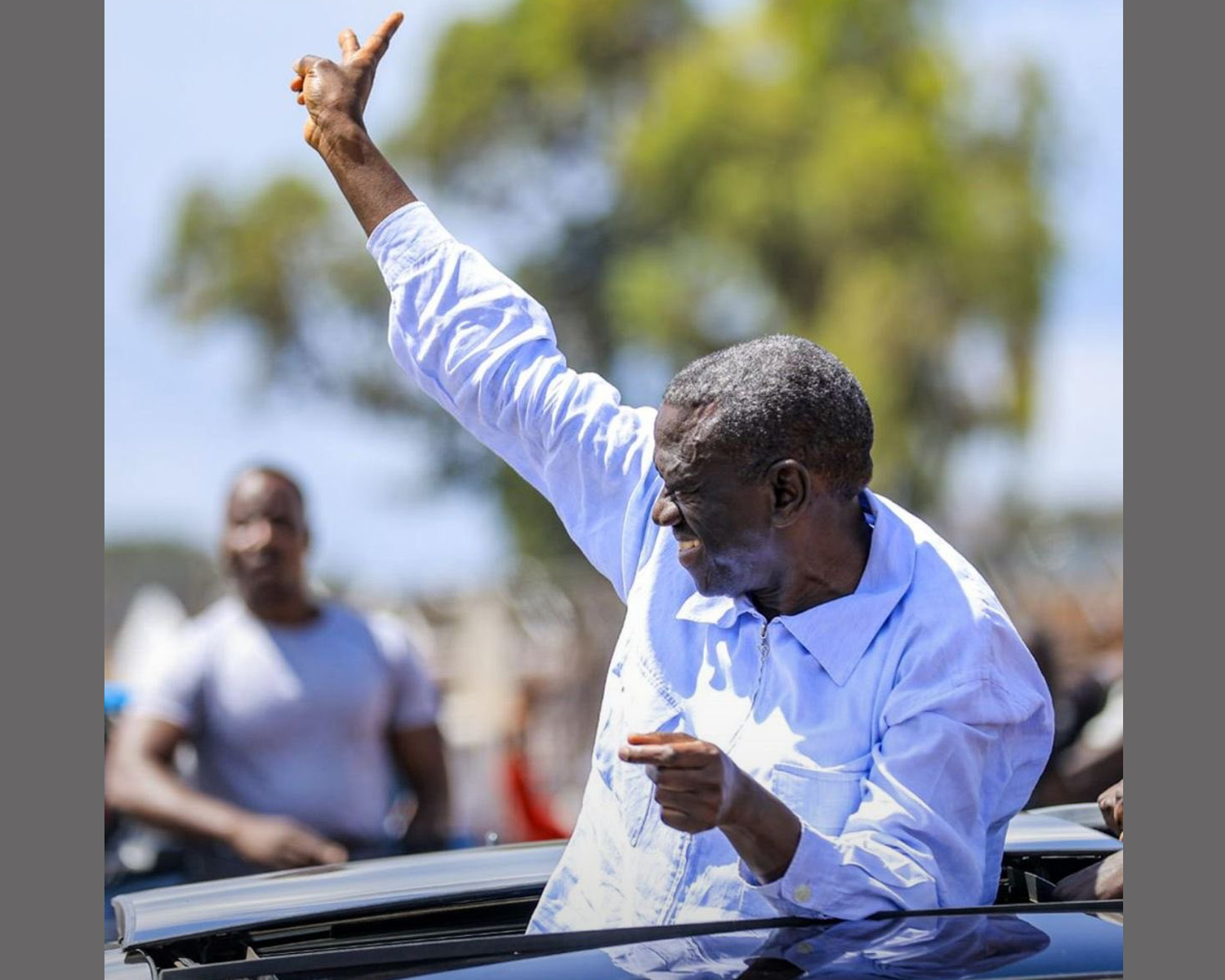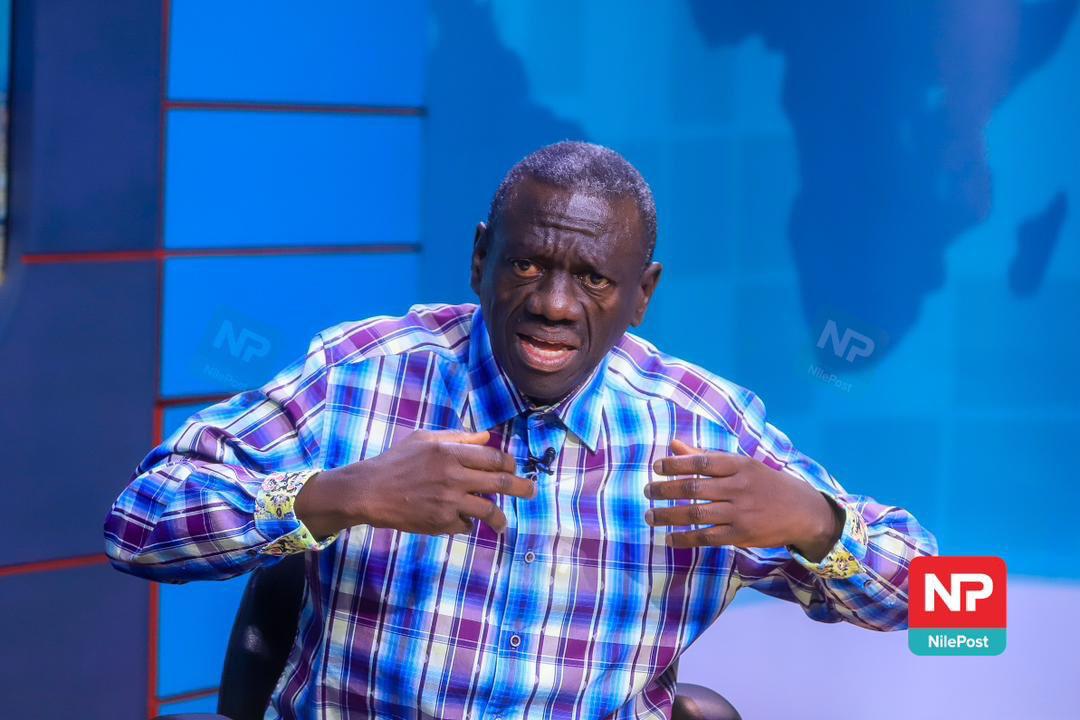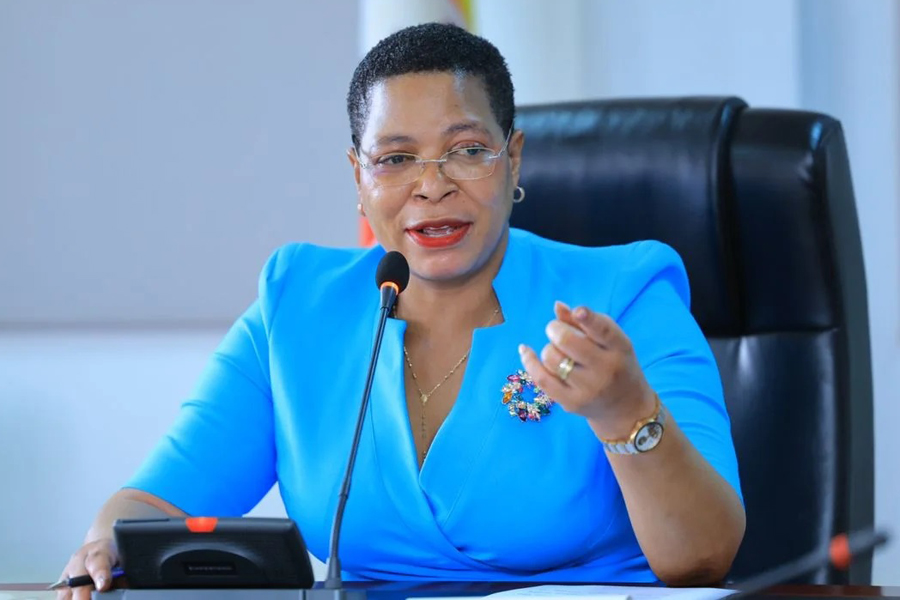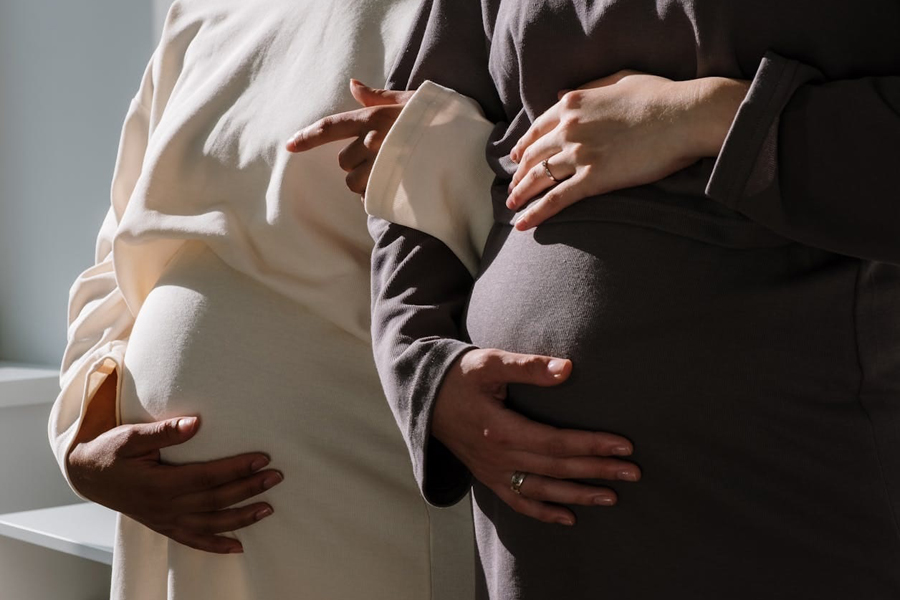M-KOPA gets $20m to expand solar to rural areas
Only about 10% of Uganda’s population has access to grid electricity, and in rural areas, it’s less than 5%.
Despite the immense benefits associated with solar energy, its adaption in the Ugandan market continues to be slow, with only a handful of Ugandans having access.
The Department for International Development (DFID) has boosted M-KOPA Uganda with capital of $ 20million to enable it reach out to all part of Uganda with the aim of reducing on the number of people using kerosene to access light.
The government of Uganda abolished import duty on solar equipment under the East African Community framework as well as exempting Value Added Tax on solar products in order to make it affordable and also to increase access to energy mostly in rural areas.
The head of the private sector department at DFID, Tony Burdon, said that despite the $ 20 million loan, their aim is to reach out to rural people in Uganda for them to access solar at a cheaper price.
"We need to reduce the number of Ugandans using kerosene because its very dangerous," Burdon said.
It is estimated that Ugandans in rural areas spend about Shs20,000 on kerosene each month, which
amounts to over Shs240,000 every year.
This is very expensive compared to someone who invests Shs65,000 in solar power as a one-off payment.
Currently only 100,000 Ugandans in rural areas have access to solar power and the target is to have 500,000 people accessing solar by 2020.
"Rural people are low income earners therefore we need an approach that they can afford," said David Demberger, the managing director, M-KOPA.
The money is going used to purchase equipment so as Ugandans can access them using macro payment.
This will also reduce the accident associated on kerosene.


